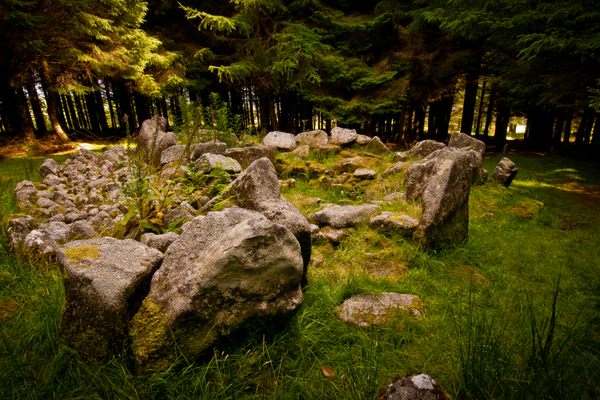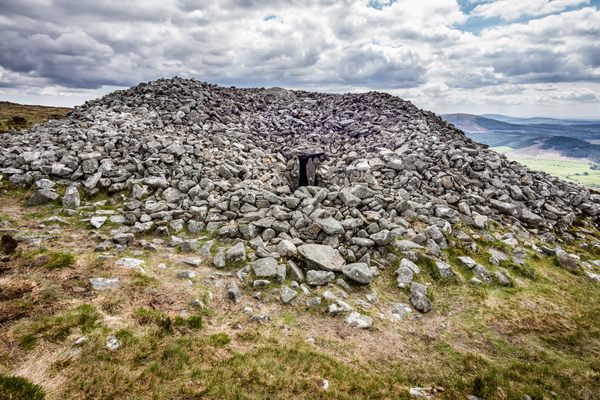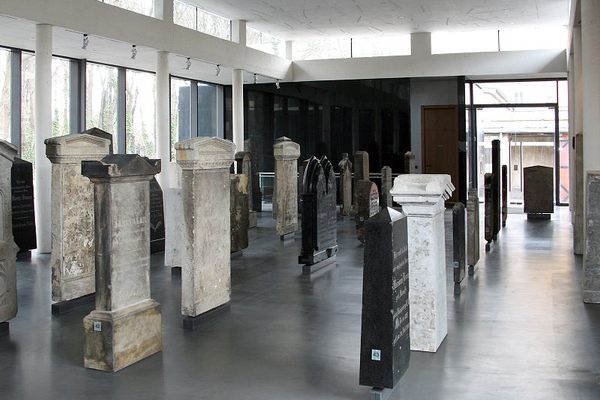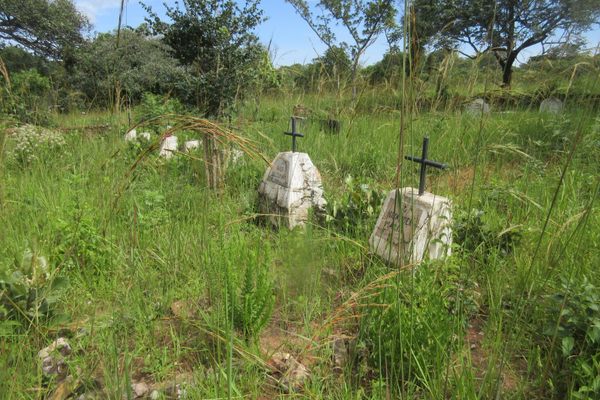Glencree German War Cemetery
Ireland's only German military cemetery holds the remains of a spy who was moved there under the cover of darkness.
In a landscaped quarry next to the Glencree Centre for Peace and Reconciliation lies Ireland’s only German war cemetery. It contains 134 graves of mainly Luftwaffe (Air Force) and Kriegsmarine (Navy) World War II personnel. Many of those interred within washed up on the country’s beaches or crashed their aircraft overhead.
Among the buried soldiers from World War II, 53 are identified remains and 28 are unknown. There are also the graves of 46 civilian detainees who were being shipped to Canada for internment when their ship, the S.S. Arandora Star, was torpedoed by a German U-Boat in July 1940, as well as the graves of six people the British held as prisoners of war during the First World War.
The last set of remains is the only one to have an individual memorial, which is set at the back of the cemetery by the rocks. This is a memorial to Major Hermann Görtz. It depicts a downturned sword entwined with thorns. Görtz is actually buried in the main part of the cemetery—but he wasn’t always.
Görtz, an Abwehr agent (German Secret Service), parachuted into County Meath, Ireland in 1940 as part of Operation Mainau. He established contact with “V-Held” aka Seamus “Jim” O’Donovan of the IRA. He was eventually arrested after evading the authorities for 18 months, along with IRA member Pearse Paul Kelly at Görtz’s safe house in Dublin in November 1941.
He was held at Custume Barracks in Athlone and later released in August 1946, a year after the end of the war. Görtz was rearrested in 1947 and served with a deportation order by the Minister for Justice. Fearing he would be handed over to the Soviets, he pulled a small glass vial of prussic acid from his pocket and swallowed it. He died at Mercer’s Hospital shortly after his arrival.
Hermann Görtz was buried at Deansgrange Cemetery and his coffin was draped with a large swastika flag, probably by one of the O’Farrell sisters, who were very anti-British and pro-Irish Republican and even lived with Görtz for a period. Under a blanket of darkness in 1974, German ex-army officers discreetly exhumed Görtz’s remains and re-interred them in the German War Cemetery in Glencree. (Note: The often mistaken “Star of David” on his gravestone merely indicates his birth date).
The war cemetery has other interesting features in addition to the historic graves. At the top of the old quarry there’s a large Celtic high cross. By the entrance there’s a poem by Professor Stan O’Brien, supporter of the Irish German Society. To the left upon entering the cemetery is the “Hall of Honour” on which a mosaic of the Pietà designed by Berlz is set.
Know Before You Go
The cemetery is sign-posted on the road coming up to the bend before the Glencree Centre for Peace and Reconciliation from the Enniskerry direction.
There is a rough path up to the high cross to the right of the Hermann Görtz memorial. It can be treacherous particularly after rain. Wear good walking/hiking boots and don't allow children unsupervised. At the top by the high cross, do not stray too close to the edge as it is a sheer drop. There is also a falling rock warning.
























Follow us on Twitter to get the latest on the world's hidden wonders.
Like us on Facebook to get the latest on the world's hidden wonders.
Follow us on Twitter Like us on Facebook